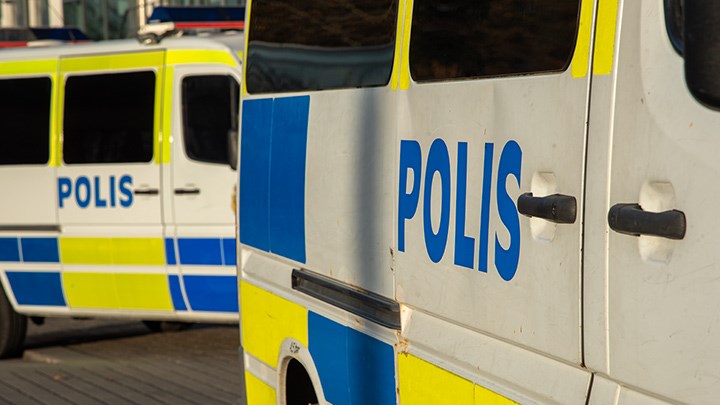How to protect yourself during a school or terrorist attack

How can you protect yourself in a dangerous situation?
We have gathered advice on how to save lives from the Police and the Swedish Civil Contingencies Agency (MSB).
If you are caught in an attack, first you should escape, then find cover, and finally call 112.
Learn more
-
The Swedish Civil Contingencies Agency (MSB) and the Police have developed an online training course on how to act in dangerous situations and during terror attacks. It takes 15–30 minutes to complete on a mobile device or computer. You can access it here.
-
A four-minute film called “Run–Hide–Tell” is available with English audio + subtitles – click here.
-
If you find a suspicious object, follow the advice here (in Swedish).
-
Learn how to stop bleeding here.
School attacks or ongoing deadly violence (ODV) refers to situations where severe and potentially lethal violence is occurring in real time, such as an active attack or a violent incident. This may involve shootings, knife attacks, or other forms of violence where there is an immediate threat to life.
If such an attack occurs, your immediate actions as an individual are vital. The university refers to the police’s recommendations on how to protect yourself in the event of an attack – these are listed below. If you are worried that someone around you is planning an attack, contact the police.
How to protect yourself in a school or terrorist attack:
RUN – HIDE – TELL
Run – escape if possible
If you find yourself in a violent situation, first assess whether you can escape without putting yourself in greater danger. Leave your belongings behind and encourage others to follow, but do not wait for anyone who hesitates.
In the event of an armed attack, routine evacuation procedures do not apply as they would in, for example, a fire. Do not go to the designated assembly point unless you have been informed that it is safe. To escape successfully, it is vital to be aware of the evacuation routes in the area where you are.
Hide – find cover
If you cannot escape, find cover. Lock and barricade any doors. Take cover on or near the floor or behind a solid object. Put your mobile phone on silent mode and turn off vibration. Keep quiet. Close curtains if possible or block visibility in other ways. Any action you take to make it harder for the attacker to enter or see into the room is valuable. Even small measures can make a tremendous difference.
Tell – call 112
Call the emergency number 112 as soon as possible. Provide the following information to the police, rescue services, and ambulance personnel:
- Your location and what has happened
- The number of perpetrators, which weapons they used, a detailed description, and last known location
- The number of injured people and type of injuries
Follow the instructions of the emergency operator. Distinguish between what you know and what you assume.
When police arrive, responding officers may have difficulty distinguishing you from the attackers. They may handle you firmly and decisively. It is essential to:
- Follow police instructions
- Keep your hands visible and avoid sudden movements
